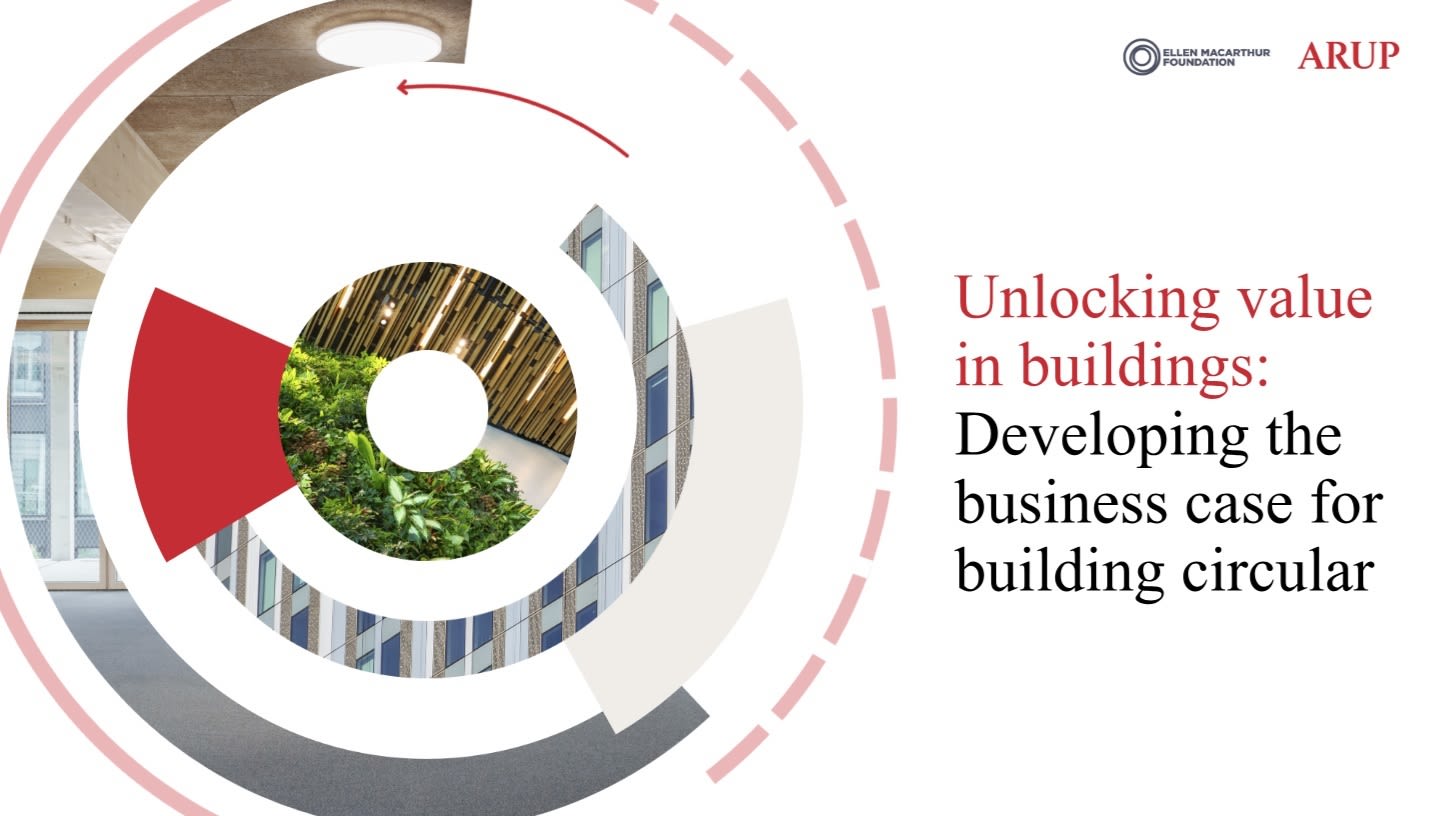Our built environment – made up of the buildings, roads, infrastructure and other human-made features of our surroundings – uses almost half the materials extracted globally every year and is a significant contributor to greenhouse gas emissions. Current projections estimate that between now and 2060 across the world the equivalent of the city of Paris will be built each week. The way we design, construct and eventually demolish our built environment is entrenched in the linear take-make-waste economy.
In a circular economy our built environment plays a crucial role
By applying the principles of the circular economy to the way we design buildings, infrastructure and other elements of the built environment, we can reduce greenhouse gas emissions, while creating urban areas that are more liveable, productive and convenient. A circular economycircular economyA systems solution framework that tackles global challenges like climate change, biodiversity loss, waste, and pollution. It is based on three principles, driven by design: eliminate waste and pollution, circulate products and materials (at their highest value), and regenerate nature. could reduce global CO2 emissions from building materials by 38% in 2050, by reducing demand for steel, aluminium, cement, and plastic. It could also make the sector more resilient to supply chain disruptions and price volatility of raw materials.
By rethinking the way we design our built environment, using new technologies and innovative business models, we can realise more value from existing assets, keep resources and building materials in the economy, and stop them from becoming waste.
A circular economy could reduce global CO2 emissions from building materials by 38% in 2050
Benefits for business
Adopting a circular economy approach in a high-growth, high-waste sector like the built environment presents a huge opportunity to capture more value. For investors and construction clients, this means an improved return on investment, while also contributing to achieving carbon emissions targets.
Time for change
Organisations across the value chain in the built environment sector – from city governments to developers, asset managers to construction product manufacturers – can redesign the sector using the principles of a circular economy to better manage resources and create value.
Building Prosperity: Unlocking the potential of a nature-positive, circular economy for Europe
This report demonstrates the value of a circular economy that is nature-positive and regenerative by design.
Six circular economy strategies have been selected based on their prominent potential to concurrently drive economic and nature-positive gains, as well as realise wider environmental and social outcomes.









